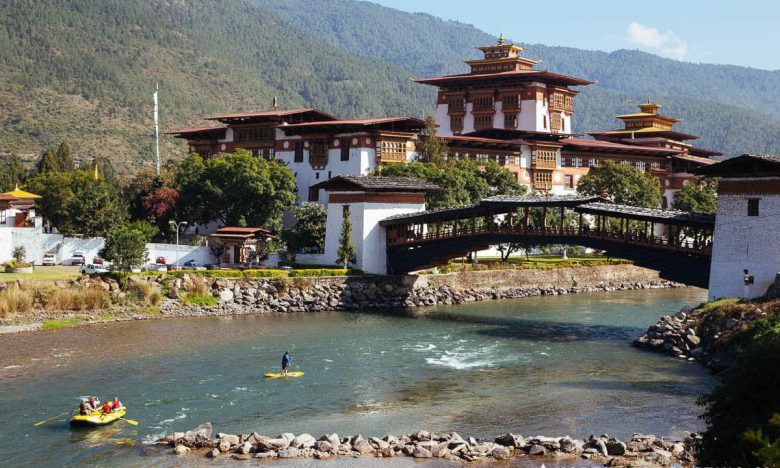Chenrezig, Manjushuri, and Chana Dorje are three of the most important figures in Mahāyāna Buddhism. They are, respectively, the bodhisattvas of compassion, wisdom, and power.
What is a Bodhisattva?
Bodhisattvas are beings who have attained enlightenment, allowing them enter nirvana. Out of compassion for others, they have chosen instead to continue suffering in order to to help others attain enlightenment. Bodhi means enlightened and sattva means being. Therefore, Bodhisattva translates as “enlightened being.” They are commonly referred to as gods in Western culture.
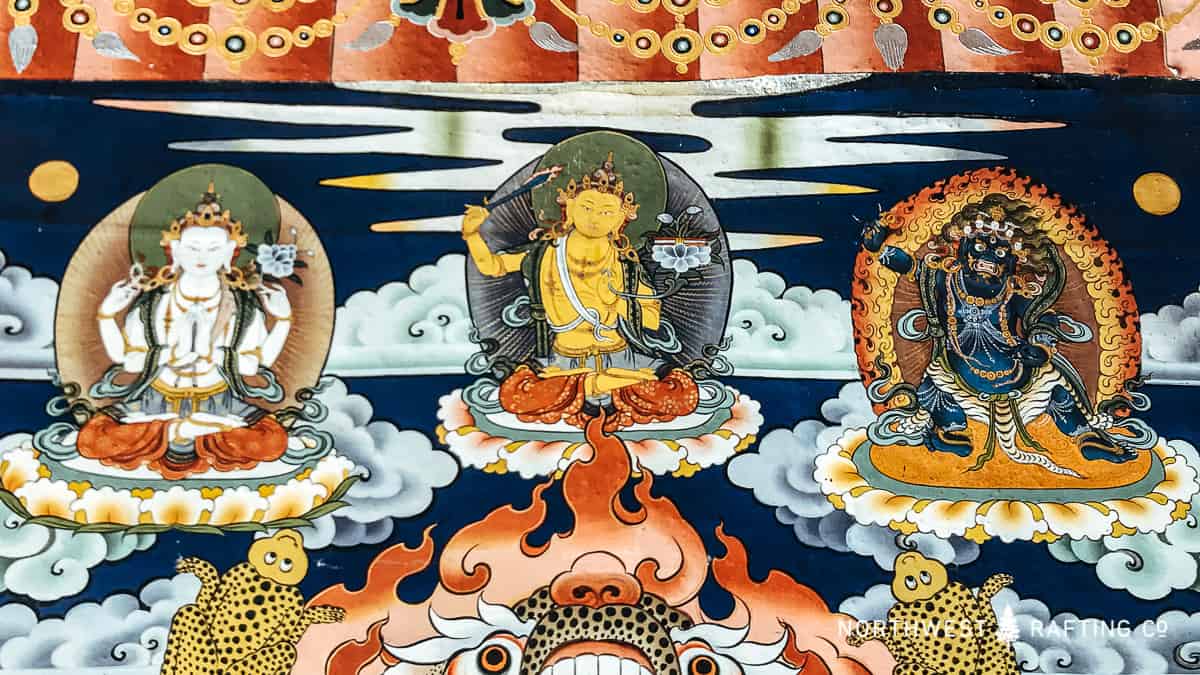
The Dalai Lama is a modern day example. He is considered a reincarnation of the bodhisattva of compassion, Chenrezig. Likewise, the Fourth King of Bhutan is also considered a bodhisattva as the reincarnation of Manjushri.
Chenrezig (Bodhisattva of Compassion)
Chenrezig (Sanskrit: Avalokitesvara) is the bodhisattva that symbolizes the compassion of all Buddhas. He has vowed to never rest until all beings enter nirvana. In order to do this he commonly takes a form with 1000 arms, 1000 eyes, and 11 heads to see and help everyone in need.
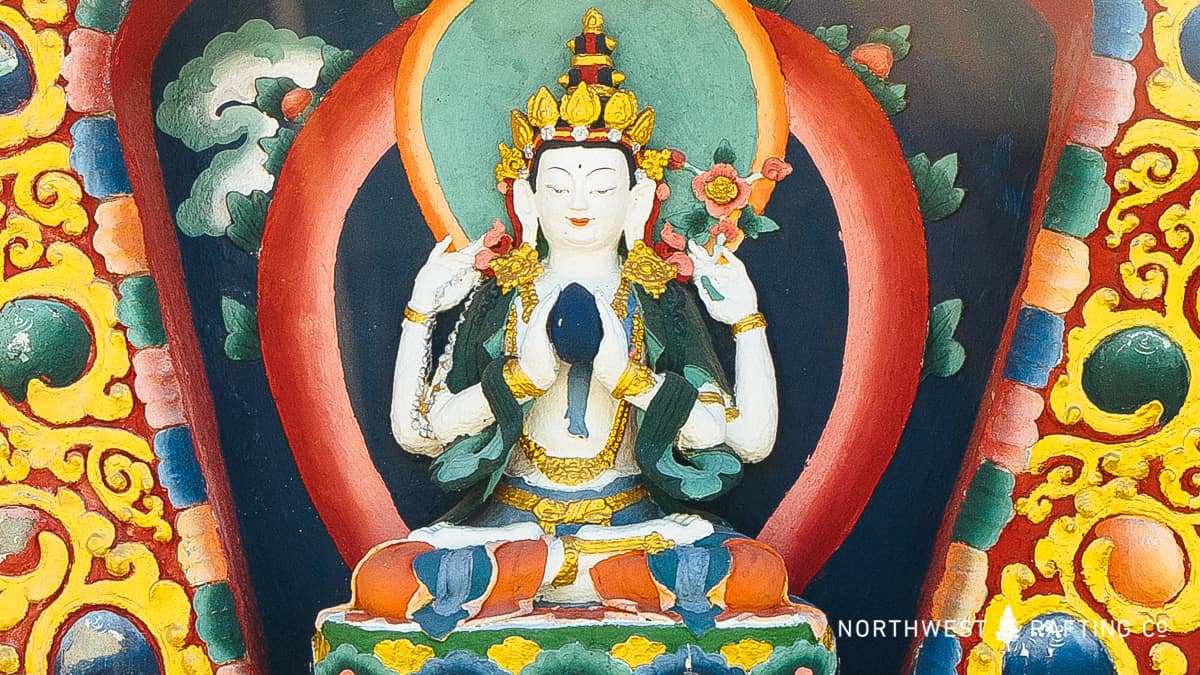
Another common form of Chenrezig has one head with four arms. In this form, two hands are in prayer with a wish-fulfilling jewel between them. The other right arm holds a necklace of crystal prayer beads. The other left hand has a pristine lotus.
The popular mantra om mani padme hum is Chenrezig’s mantra. It roughly translates as “O may I actualize the jewel of the lotus.”
Manjushri (Bodhisattva of Wisdom)
Manjushri symbolizes Buddha’s wisdom, intellect, and genius. As a result, Buddhists pray to him and repeat his mantra om a ra pa ca na dhih to help with learning, memory, and worldly knowledge.
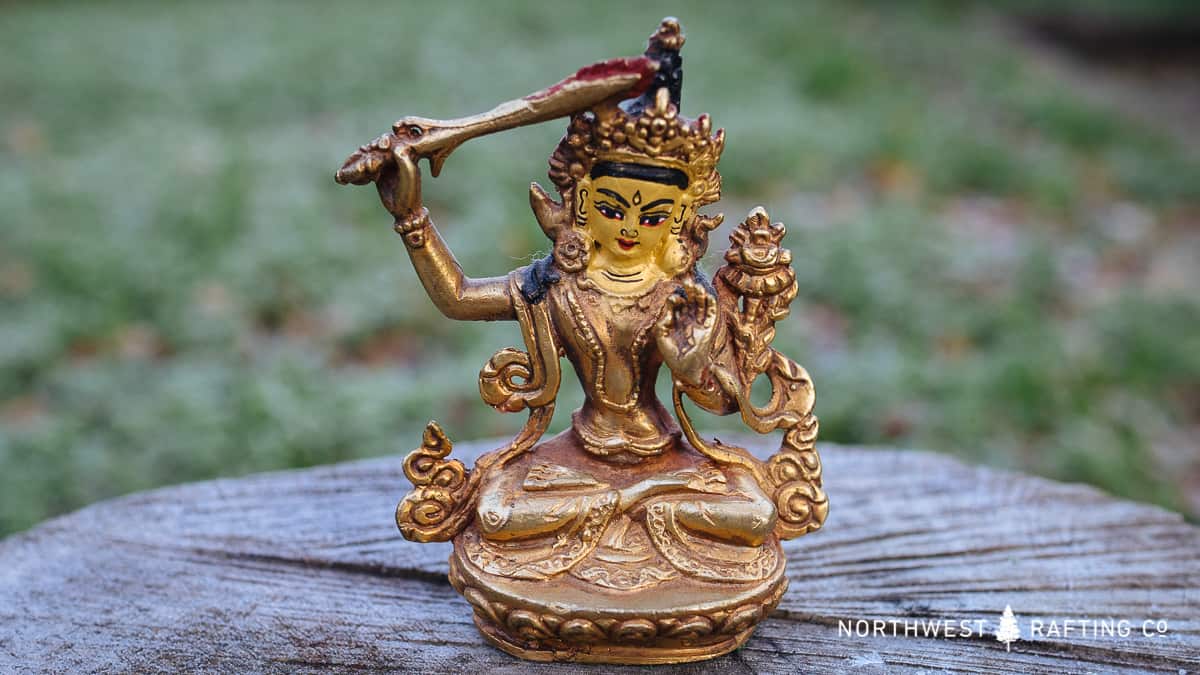
He is typically depicted as a handsome, young prince. However, his most recognizable feature is the flaming sword in his right hand that cuts through ignorance and delusion. His left hand holds a lotus stem close to his heart with the book Perfection of Wisdom on its bloom.
Chana Dorje (Bodhisattva of Power)
Chana Dorje (Sanskrit: Vajrapani) takes a wrathful form to subdue enemies of Buddhist teachings. Additionally, praying to him helps with the negative energy that comes from one of the three poisons: ignorance, attachment, and aversion.
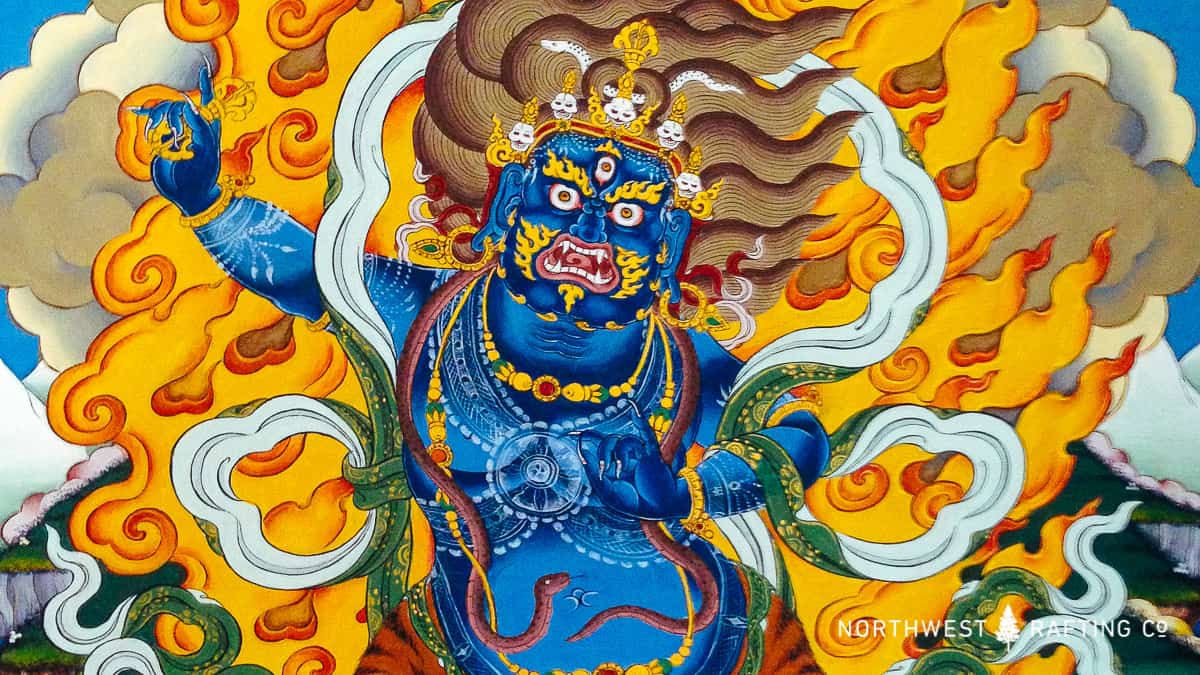
He is the protector of Gautama Buddha and he symbolizes Buddha’s power. His right hand holds a dorje (Sanskrit: Vajra), a powerful weapon uses thunderbolts to strike down enemies of the dharma (teachings of Buddha). Chana Dorje is roughly translated as “diamond thunderbolt weapon in hand.” Additionally, he controls nagas which protect rivers and lakes.
As you wander around Bhutan you will recognize these three bodhisattvas in statues and thangkas (paintings) prominently displayed in dzongs (fortresses) and lhakhangs (monasteries). If you can recognize these bodhisattvas along with Buddha, Guru Rinpoche, and Shabdrung, the history and culture of Bhutan will begin to unfold before your eyes.

